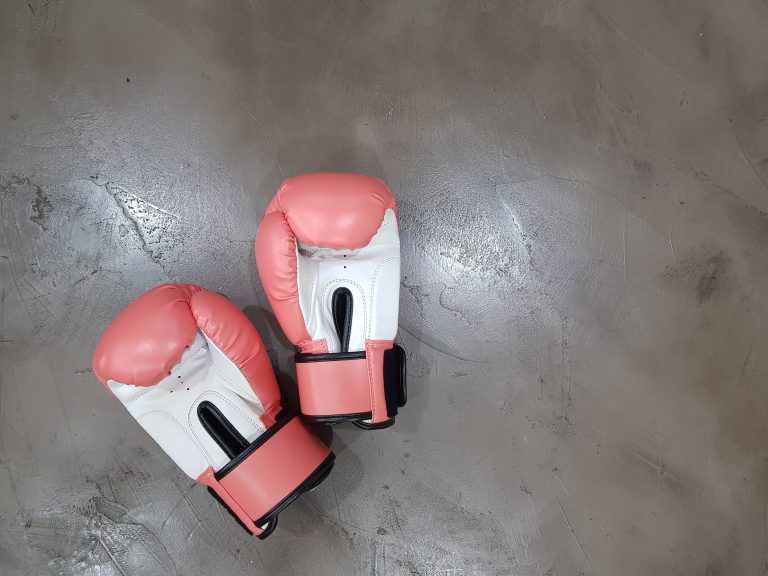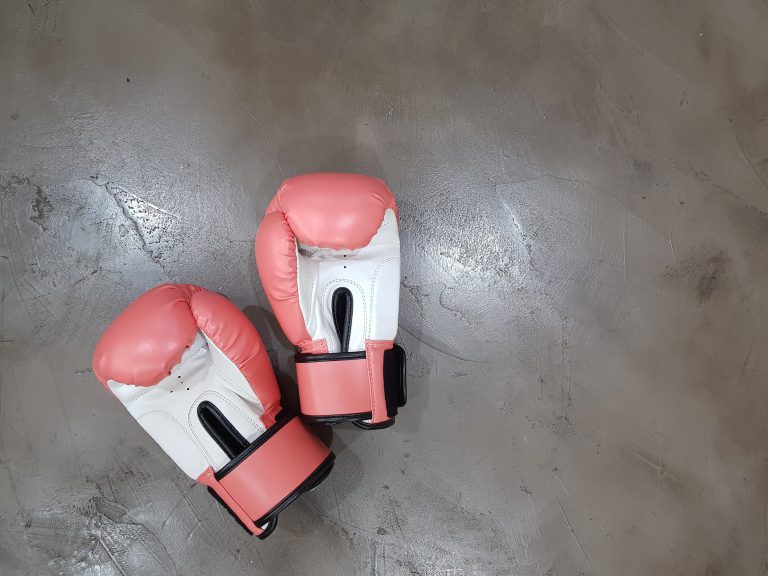The Importance of Partner Exercises in Karate Training: The 10 Best Techniques
Karate is a martial art that focuses on self-defense, discipline, and respect. It requires strength, speed, and accuracy, which can be achieved through regular practice and training. One of the most effective ways to improve your karate skills is by doing partner exercises. Partner exercises not only improve your physical abilities but also your mental focus and teamwork. In this article, we’ll discuss why partner exercises are important in karate training and go over 10 of the best techniques.
Why Are Partner Exercises Important in Karate Training?
1. Improves Reflexes – Partner exercises help improve reflexes as you learn to anticipate your partner’s movements and react accordingly. This is especially useful in sparring and combat situations.
2. Sharpens Technique – Practice makes perfect, and partnering up with someone encourages you to focus on your technique to avoid injuring your partner.
3. Develops Speed and Accuracy – Partner exercises often involve quick movements that require you to be fast and precise with your strikes, kicks, and blocks.
4. Enhances Stamina and Endurance – Partner exercises often require continuous movement for an extended period of time, which helps develop endurance and stamina for longer forms, sparring, and competitions.
5. Builds Trust and Respect – Partner exercises can help establish trust and respect between partners as they learn how to work together, communicate, and keep each other safe.
10 Best Partner Exercises in Karate Training
1. Mirror Drills – Both partners copy each other’s movements in unison.
2. Reaction Drills – One partner throws a punch or kick, and the other partner reacts by blocking, dodging, or counter-attacking.
3. Pad Work – A partner holds a pad while the other partner practices various strikes and kicks, focusing on accuracy and power.
4. Grappling Drills – Partners practice throws, takedowns, and grappling techniques to improve control and positioning.
5. Shadow Boxing – Partners take turns as one mimics fighting while the other observes and gives feedback for improvements.
6. Two-Step Sparring – One partner initiates a sequence of attacks while the other defends and counters.
7. Escape Drills – One partner restrains the other, who has to find a way to escape the hold.
8. Coordination Drills – Partners practice complex moves that require coordination and synchronization, like fancy kicks or flips.
9. Clinching Drills – Partners practice close-range combat, including stand-up grappling, inside striking, and takedowns.
10. Sparring – Partners engage in full-contact practice fights, testing their skills in a safe and controlled environment.
Conclusion
Partner exercises are an integral part of karate training, providing a range of physical and mental benefits. They help improve reaction time, sharpen techniques, develop speed and accuracy, enhance stamina and endurance, and build trust and respect. The 10 partner exercises provided in this article are just a few of the many techniques used in karate training, but they are some of the most effective for all skill levels. Give them a try and see how they improve your karate skills.
The Importance of Partner Exercises in Karate Training: The 10 Best Techniques
Karate is often considered as an individual sport, which requires training alone to achieve perfection. However, partner exercises have gained significant importance in the recent past, primarily due to the numerous benefits they have to offer. The 10 best techniques of partner exercises can help in enhancing an individual’s strength, technique, speed, and stamina, leading to an overall improvement in their karate training. In this article, we will cover the top frequently asked questions about partner exercises in karate training that are worth knowing.
1. What are Partner Exercises in Karate Training?
Partner exercises in karate training refer to the practice of training with a partner to enhance various aspects of martial arts, such as speed, technique, strength, agility, and endurance. It involves performing drills and techniques with a partner, which can be done either in a controlled manner or at full speed depending on the level of skill and experience of the individuals involved.
2. What are the Benefits of Partner Exercises in Karate Training?
The benefits of partner exercises in karate training are numerous, and some of the most significant ones include:
– Improvement in technique: Partner exercises can help in improving an individual’s technique as they get the chance to practice it in real-time. They can receive instant feedback from their partner on their technique and make corrections accordingly.
– Increased stamina: Partner exercises can help in increasing an individual’s stamina as they are required to perform various techniques for an extended period. This can also lead to an improvement in cardiovascular health.
– Enhanced speed: Practicing partner exercises can help in increasing an individual’s speed as they have to respond quickly to their partner’s moves.
– Better reaction time: Partner exercises can help in improving an individual’s reaction time as they have to anticipate and respond to their partner’s moves in real-time.
– Development of teamwork skills: Partner exercises can help in developing an individual’s teamwork skills as they have to communicate and work together with their partner.
3. What are the Best Partner Exercises in Karate Training?
There are numerous partner exercises that one can perform in karate training, but some of the best ones include:
– Kick Shield Drills: This involves one partner holding a kick shield while the other partner performs various kicks. The partner holding the kick shield can provide instant feedback on the technique and force of the kick.
– Punching Pad Drills: This involves one partner holding a punching pad while the other partner performs various punches. The partner holding the pad can provide instant feedback on the technique and force of the punch.
– Kicking Combinations: This involves performing various kicking combinations with a partner, including front kicks, sidekicks, and roundhouse kicks, among others.
– Sparring Drills: This involves practicing various sparring techniques with a partner, including blocks, parries, and evasions.
– Grappling Drills: This involves practicing various grappling techniques with a partner, including locks, throws, and takedowns.
4. How Often Should One Perform Partner Exercises in Karate Training?
The frequency of performing partner exercises in karate training can vary depending on an individual’s level of experience and their training goals. Generally, it is recommended to incorporate partner exercises into one’s training regime at least once or twice a week. However, individuals who are looking to compete in tournaments can benefit from practicing partner exercises more frequently.
5. Can Partner Exercises Help in Improving Rhythm and Timing?
Yes, partner exercises can help in improving an individual’s rhythm and timing. This is particularly true in drills that involve performing techniques in sync with one’s partner. By practicing these exercises regularly, an individual can improve their sense of rhythm and timing, which can be beneficial in competition settings.
6. How Can One Ensure Safety While Practicing Partner Exercises in Karate Training?
Safety is of utmost importance while practicing partner exercises in karate training. It is recommended to follow the below guidelines to ensure safety:
– Practice partner exercises under the supervision of a qualified instructor who can provide guidance and feedback.
– Use proper protective gear, including gloves, mouthguards, and shin guards, among others.
– Start with basic drills and progress to more advanced techniques gradually.
– Communicate with your partner before and during the drills to avoid any injuries.
7. What Should One Look for in a Partner While Practicing Karate Partner Exercises?
When selecting a partner for practicing karate partner exercises, it is essential to consider the following factors:
– Level of experience: It is ideal to train with someone who has a similar level of experience to avoid any accidents or injuries.
– Physical attributes: Select a partner who has similar physical attributes to avoid any significant differences in height, weight, or strength that can make it challenging to perform the drills.
– Motivation: Choose a partner who is equally motivated to train and achieve their goals.
8. How Can One Track Progress While Practicing Karate Partner Exercises?
Tracking progress is essential in any training regime, and karate partner exercises are no exception. Some of the ways one can track progress include:
– Keep a journal that documents progress in terms of technique, speed, strength, endurance, and other factors.
– Record training sessions to review and analyze later.
– Take part in competitions or testing to evaluate progress objectively.
9. Can Partner Exercises Help in Building Trust Between Partners?
Yes, partner exercises can help in building trust between partners. By communicating and working together to achieve a common goal, individuals can develop a bond of trust and camaraderie, which can be beneficial in competition settings.
10. How Can One Incorporate Partner Exercises in Their Karate Training Regime?
To incorporate partner exercises in one’s karate training regime, follow these steps:
– Select suitable partner exercises based on individual training goals and level of experience.
– Incorporate them into one’s training regime once or twice a week initially.
– Gradually increase the frequency of partner exercises based on training goals and progress.
– Monitor progress and adjust the training regime accordingly.
In conclusion, partner exercises have gained significant importance in karate training due to the numerous benefits they offer. By practicing the 10 best techniques of partner exercises, individuals can improve their strength, technique, speed, and stamina, leading to an overall improvement in their karate training. It is essential to follow safety guidelines and select suitable partners while practicing partner exercises to ensure maximum benefit and minimize the risk of injuries.
Inhaltsverzeichnis






